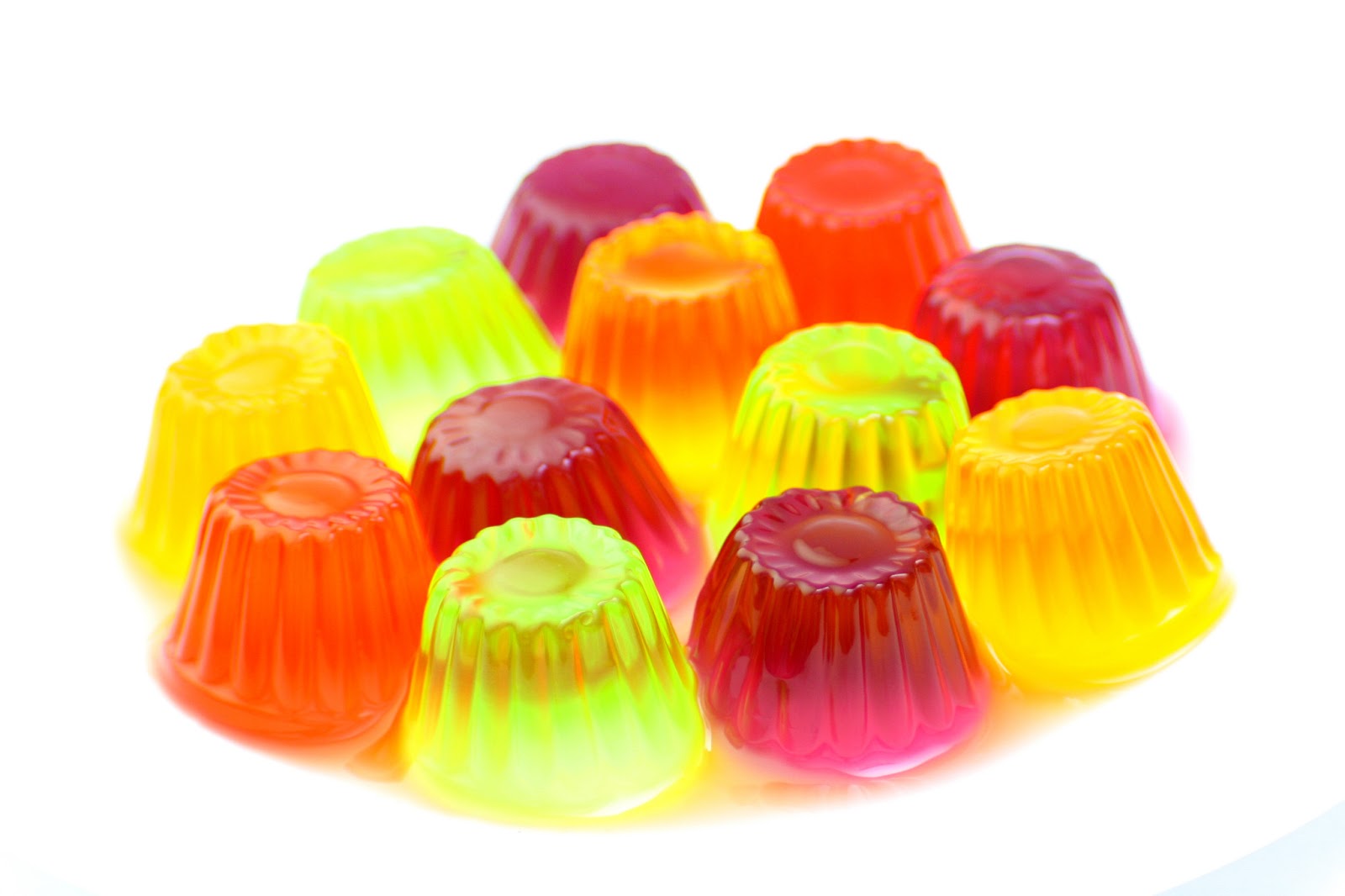Jelly is a delightful and versatile substance that has been enjoyed by people for centuries, but how old is jelly, really? This sweet and often spreadable food has a rich history that intertwines with various cultures around the world. From its humble beginnings as a means of food preservation to its modern-day status as a beloved condiment and treat, jelly has evolved significantly over the years. Its journey is not only a testament to human ingenuity in the kitchen but also a reflection of changing tastes and technologies. In this article, we will explore the origins, evolution, and current state of jelly, while also uncovering the answer to the question that many are asking: how old is jelly?
As we delve into the world of jelly, we'll uncover fascinating insights into its historical significance, its different variations, and the science behind its creation. From grape jelly to strawberry preserves, each type of jelly carries its own unique flavor and story. Furthermore, we'll address some common questions that arise when discussing jelly, including its nutritional value and popular uses. So, whether you're a jelly enthusiast or a casual consumer, this article promises to shed light on the intriguing topic of jelly's age and much more.
Finally, join us on this flavorful journey as we answer the pressing question—how old is jelly? By understanding its past, we can better appreciate the role it plays in our kitchens and on our tables today. Let’s dive right in!
What is the History of Jelly?
Jelly has a long and storied history that dates back to ancient times. Early forms of jelly were created by boiling fruits and sugar, resulting in a thickened spread that could be preserved for long periods. The ancient Egyptians, Greeks, and Romans all enjoyed fruit preserves, but it wasn’t until the Middle Ages that jelly as we know it began to take shape.
How Did Jelly Evolve Over the Centuries?
Throughout the centuries, jelly-making techniques improved significantly. By the 18th century, the advent of pectin—a natural thickening agent found in fruits—allowed for a more consistent texture and flavor in jelly. This led to the commercialization of jelly and the establishment of well-known brands that still exist today.
How Old is Jelly in Terms of Its First Recorded Use?
The first recorded use of jelly dates back to the 16th century, when it was primarily made at home by families looking to preserve their harvests. However, the term "jelly" itself was first documented in English literature in the late 14th century, referring to a gelatinous substance made from animal bones and skins.
What Are the Different Types of Jelly?
Jelly comes in various forms and flavors, each with its distinct characteristics. Here are some popular types of jelly:
- Grape Jelly: A classic choice that has been popular in America for generations.
- Strawberry Jelly: Made from ripe strawberries, offering a sweet and fruity flavor.
- Raspberry Jelly: Known for its tartness and vibrant color.
- Peach Jelly: A southern favorite, often made from fresh peaches.
- Mixed Berry Jelly: A delightful combination of various berries, providing a burst of flavor.
How Old is Jelly Compared to Other Food Preservatives?
When considering how old jelly is in the context of other food preservation methods, it's essential to recognize that jelly has been around for hundreds of years. While other forms of preservation, such as pickling and canning, have also been practiced for centuries, jelly has a unique place in culinary history. Unlike pickling, which often involves vinegar and brine, jelly relies on sugar and fruit, making it sweeter and more versatile for various dishes.
What Nutritional Value Does Jelly Offer?
While jelly is a delicious addition to many meals, it is essential to consider its nutritional content. Typically, jelly is high in sugar and low in fiber, which may not make it the healthiest option. However, some brands offer low-sugar or fruit-based alternatives that can provide a slightly healthier option without sacrificing taste. Here’s a quick look at the nutritional value of a typical serving of jelly:
- Calories: Approximately 50-60 calories per tablespoon
- Sugar: About 13-15 grams
- Fat: 0 grams
- Protein: 0 grams
How is Jelly Made Today?
Modern jelly-making has come a long way from its humble beginnings. Today, industrial processes allow for mass production while maintaining quality and flavor. Home cooks can also make jelly using simple recipes that often include just fruit, sugar, and pectin. The basic steps for homemade jelly include:
- Prepare the fruit by washing and chopping.
- Extract the juice through boiling and straining.
- Add sugar and pectin, then boil until it reaches the desired consistency.
- Pour into sterilized jars and seal.
What Makes Jelly a Universal Favorite?
Jelly has earned its place as a beloved pantry staple for a variety of reasons. Its sweet taste, versatility, and ease of use make it a favorite for sandwiches, desserts, and breakfast items. Additionally, jelly can evoke nostalgia for many people, reminding them of family gatherings, picnics, and cherished recipes passed down through generations. It’s this emotional connection that contributes to jelly's long-standing popularity.
Conclusion: How Old is Jelly and Why Does It Matter?
In conclusion, the question of how old is jelly opens the door to an exploration of its rich history and significance in our culinary world. From ancient preservation methods to modern-day delights, jelly has stood the test of time and continues to be a cherished component of many meals. Understanding its past not only enriches our appreciation for this delightful spread but also encourages us to experiment with different flavors and recipes. So the next time you enjoy a spoonful of jelly, take a moment to reflect on its fascinating journey through history.
Article Recommendations
- Irving Weather A Guide To Climate Trends Seasonal Changes And Local Insights
- Uaconnect Your Gateway To Seamless Connectivity And Management
- All About Movie Rulz Telugu An Informative Guide To Cinema And Streaming


